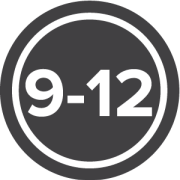
The Judicial Branch
Students will learn about the federal and state courts and what they do. They will explore the courts’ role in fairly settling disputes and administering justice, and the unique role of the U.S. Supreme Court in interpreting the U.S. Constitution.
View our Constitution Explained video series for short-form videos to share with students about the judicial and other branches of government.
Choose Grade Level:
-
Lesson Plan
Marbury v. Madison (1803)
-
WebQuest
Let's Talk About Independence
-
Lesson Plan
The "Supreme" in Supreme Court
-
Simulation
Supreme Decision: Due Process
-
Simulation
Supreme Decision: Free Speech















